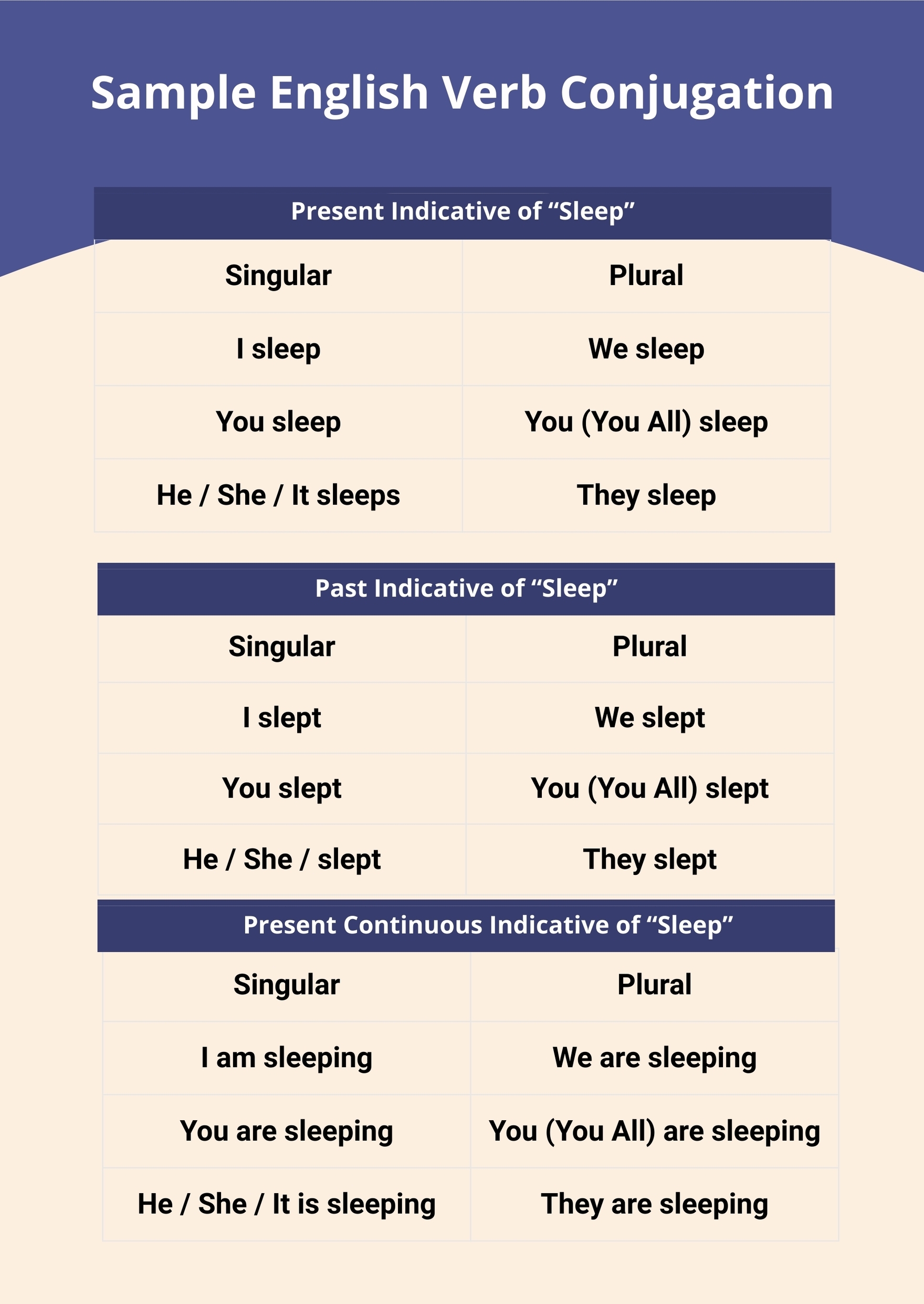Learning how to properly conjugate the verb “to be” is essential for mastering the English language. This versatile verb is used in various tenses and forms, so having a conjugation chart can be incredibly helpful. In this article, we will explore the different forms of the verb “to be” and provide a handy conjugation chart for reference.
Understanding how to use the verb “to be” correctly can greatly improve your English language skills and communication abilities. Whether you are a beginner or advanced learner, having a conjugation chart can make the process of learning and practicing verb forms much easier.
To be Verb Conjugation Chart
| Subject | Present | Past | Future |
|---|---|---|---|
| I | am | was | will be |
| You | are | were | will be |
| He/She/It | is | was | will be |
| We | are | were | will be |
| They | are | were | will be |
The verb “to be” is irregular in its conjugation, so it is important to memorize the different forms for each tense. By referring to the conjugation chart, you can easily identify the correct form of the verb based on the subject and tense of the sentence.
Practice using the verb “to be” in different sentences and contexts to solidify your understanding of its conjugation. With regular practice and exposure to the language, you will become more comfortable using this essential verb in your everyday communication.
Remember that mastering the conjugation of the verb “to be” is just the first step in becoming proficient in English grammar. Continuously expanding your vocabulary and grammar knowledge will help you become a more confident and effective communicator in both written and spoken English.
Hopefully, this conjugation chart and guide have been helpful in your journey to mastering the verb “to be.” Keep practicing and exploring the nuances of the English language to further enhance your language skills. With dedication and effort, you can become a fluent and articulate speaker of English.
